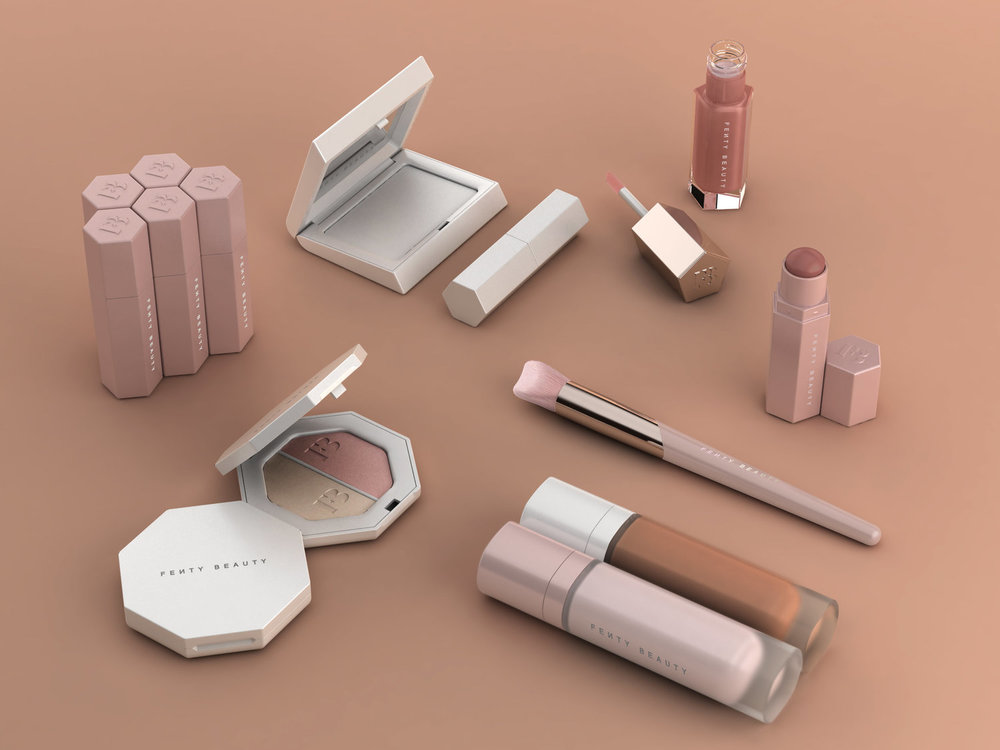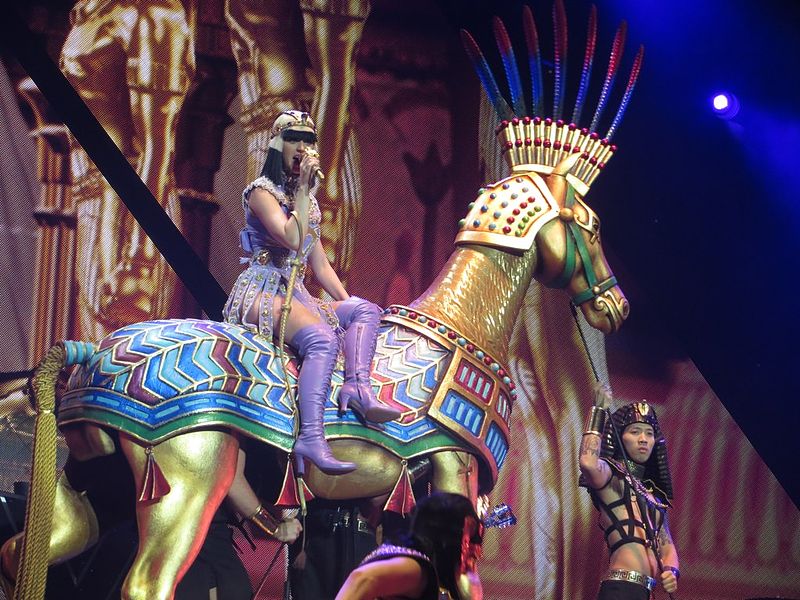TW: Discussion of restricted eating, eating disorders, self-injury, and mental illness
Teenage life in this day and age can be defined by a number of things; vapes, existential dread, unfortunate finances, and social media. Most notably, of course, TikTok. The slang and micro-trends born from TikTok have shaped the way our generation interacts with one another, but have also provided a space for people to discuss things safely, and with an openness that we haven’t seen before. However, with this openness also comes a lack of censorship, something that, in the case of mental illnesses such as eating disorders, can be dangerous without intent. Social media platforms like TikTok are a platform for people to come together to discuss their problems with their friends, or sometimes strangers, but because of the lax nature and short-form content of the app, this can do more harm than good.
In a conversation with a friend about our own use of TikTok, I began thinking about how discussions about body image and self-esteem are an integral part of this generation’s way of life. The way I look has never been something that I identify with my sense of self, or something I really ever thought about, or spoke about with my friends. It was only when my friends and I became active on TikTok that our conversations began to be more about the newest trendy clothes, whether we had hip dips, or if we fit into the clean girl or cottage core aesthetics. This all seems quite innocent at first glance, just teenage chatter about fashion trends, nothing more. But when a friend explained to me her newfound disdain for her hip dips, something that I wasn’t even aware existed or was an issue, I realised that this is much more than a surface-level discussion, and plays into an embedded system that breeds insecurities.
In the early 2010s, Tumblr was at its peak, and home to a new expression of beauty standards, where people would share tips on how to lose weight, often for self-image reasons, rather than health reasons. This became a trend in itself, with #thinspiration being used in more than 27,000 posts, and #bonespo being used in 130,000, according to The Independent. Tumblr became notorious for causing a wave of anorexia, but also self-injury, with sites such as ‘Depression and Disorders’, an account run by a 14-year-old , sharing tips on cutting through instructions or photos. While many of these sites no longer exist due to new restrictions and censorship, these trends have not died, but have found a new home on TikTok. Content that includes the #weightlosscheck has over 285 million views. The new, modern term for thinspo is pro-ana, a shorter and prettier way of saying pro-anorexia.
While these apps have put particular restrictions in place for the safety of their users, it begs the question why these trends have become so prevalent in the first place. Certain mental illnesses thrive on competitiveness, particularly with things such as self-injury, and social media only adds to this. Oftentimes, body positivity and health videos are more likely to be fuelling unhealthy mindsets around food and body types, where the goal is no longer to be healthy, it is to look “healthy”, whatever that means. There is also a large community of people on TikTok who consider particular foods to be “bad”, and so offer alternatives that contain fewer calories. While this isn’t inherently wrong, it does encourage the mindset that some foods are bad and that if we eat them, we are misbehaving. This, for someone in recovery from an eating disorder, could be extremely triggering, but because it’s masked as promoting a “healthy lifestyle”, it is uncensored and extremely popular.
In a new wave of technology, oversaturated social media feeds are the new normal. We consume the very thing that TikTok mental health advocates warn against. . The encouragement of hurting yourself or starving yourself on TikTok is just another example. It is virtually impossible to eradicate the attitudes that are prevalent on social media, and it makes me question the safety of my own mental stability when using these apps. The constant bombardment of self-image and mental illness stories online, arguably also makes us participate in those activities more.




